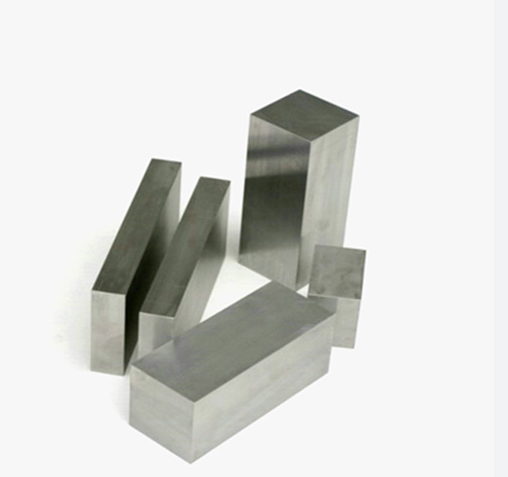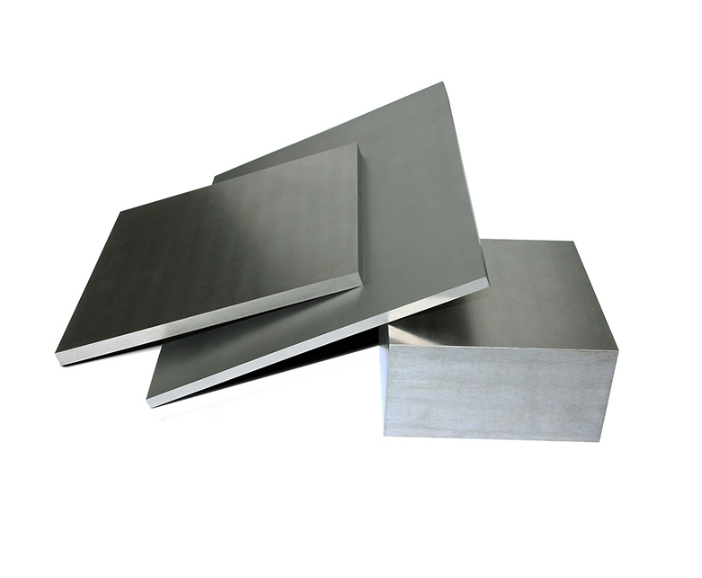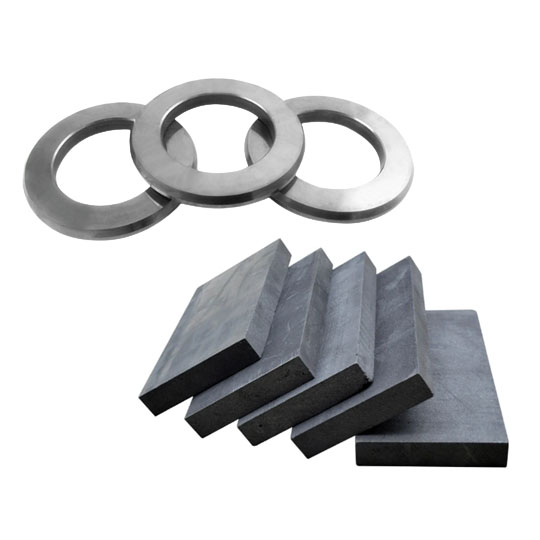무엇 카바이드 로드?
카바이드 로드에 대해 들어본 적이 없다면 혼자가 아닙니다. 초경봉은 크게 주목받지는 못하지만 많은 고강도 애플리케이션에서 필수적인 요소이며, 재생 에너지도 그중 하나입니다. 그렇다면 초경봉은 무엇일까요? 카바이드 봉은 주로 텅스텐 카바이드로 만든 원통형 부품으로, 경도가 매우 높고 마모와 열에 대한 저항성이 높은 것으로 알려진 화합물입니다. 땀 한 방울 흘리지 않고도 극심한 스트레스를 견딜 수 있는 물질계의 슈퍼휴먼이라고 생각하면 됩니다.
카바이드 막대는 일반적으로 미세한 텅스텐 카바이드 분말과 코발트를 바인더로 사용하여 소결합니다. 그 결과 강철보다 더 단단하고 외부 환경에 훨씬 더 강한 복합 소재가 탄생합니다. 등급과 구성에 따라 특정 산업 용도에 맞게 다양한 직경, 길이 및 코팅으로 제공됩니다.
그런데 풍력 발전 단지, 태양광 패널, 수력 터빈에 대해 논의할 때 갑자기 초경봉에 대해 이야기하는 이유는 무엇일까요? 카바이드 막대의 독특한 물리적 특성 덕분에 성능, 내구성, 지속 가능성이 매우 중요한 재생 에너지 시스템에 적합하기 때문입니다.
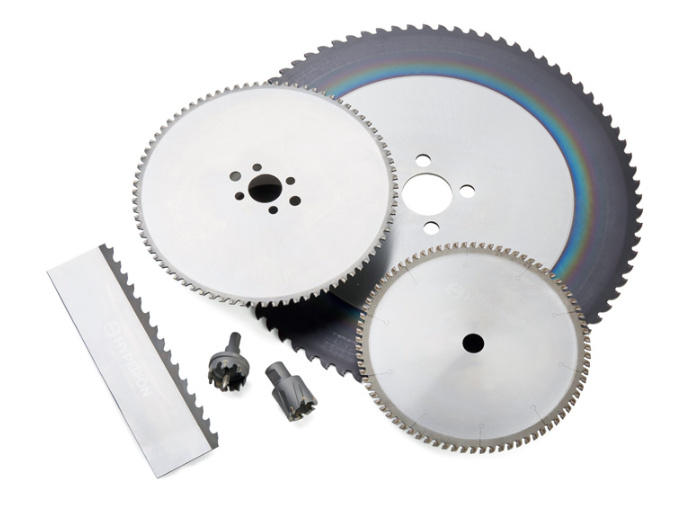
적용 카바이드 로드 in 재생 에너지
재생 에너지 시스템은 바람, 태양, 물이 전부라고 생각할 수 있습니다. 하지만 그 이면에는 이러한 시스템을 매력적으로 작동하게 하는 카바이드 로드와 같은 소재가 있습니다.
In 풍력 에너지카바이드 로드는 터빈 블레이드 및 기어 샤프트와 같은 정밀 부품을 제조하는 절삭 공구에 사용됩니다. 이러한 공구는 제작 과정에서 극심한 마찰과 열을 견뎌야 합니다. 텅스텐 카바이드는 강철이나 세라믹보다 더 잘 견디기 때문에 유지보수 빈도가 적고 가동 중단 시간이 줄어들며 효율성이 급증합니다.
For 태양광 발전 시스템특히 태양광(PV) 모듈 생산에서 초경봉은 실리콘 웨이퍼를 정밀하게 절단하는 데 도움이 됩니다. 이러한 웨이퍼는 얇고 깨지기 쉬우며 제작 비용이 많이 듭니다. 카바이드 툴링은 높은 정밀도와 낮은 파손을 보장하므로 낭비를 줄이고 비용을 절감할 수 있습니다.
In 수력 발전카바이드 막대의 침식 및 내식성은 매우 유용합니다. 워터 터빈 및 펌프 시스템과 같은 부품에 통합되어 지속적인 물 흐름과 이물질로 인한 마모를 방지하는 데 도움이 됩니다.
심지어 바이오 에너지 시스템카바이드 봉은 바이오매스 처리를 위한 분쇄기 및 과립기에 사용됩니다. 이러한 기계는 매일같이 거친 유기물을 잘게 잘라야 합니다. 카바이드 로드는 절삭 공구의 수명을 연장하고 운영 비용을 절감합니다.
이러한 모든 애플리케이션에서 중요한 것은 효율성을 잃지 않고 혹독한 조건을 견딜 수 있는 능력입니다. 카바이드 로드? 카바이드 막대는 이를 위해 제작되었습니다.
초경합금의 성능은 기존 강철 또는 세라믹과 어떻게 비교되나요?
자, 카바이드 막대와 일반적인 용의자인 강철 및 세라믹을 정면으로 비교해 보겠습니다. 어떤 차이가 있을까요?
카바이드 로드, 전통적인 강철 에 관한 한 경도 및 내마모성. 강철은 가공하기 쉽고 초기 비용이 저렴할 수 있지만 빠르게 무뎌지고 더 자주 교체해야 합니다. 이는 다운타임이 곧 비용 손실로 이어지는 대규모 에너지 시스템에서 악몽이 될 수 있습니다.
다음에 비해 세라믹카바이드 막대는 다음과 같이 더 나은 균형을 제공합니다. 인성 및 경도. 세라믹은 매우 단단하고 부식에 강하지만 깨지기 쉬운 경향이 있습니다. 한 번만 잘못 부딪혀도 부서지기 쉽습니다. 반면 카바이드는 충격을 받아도 계속 작동할 수 있어 동적인 기계 시스템에 더 안정적입니다.
다음은 간단한 시각적 비교입니다:
| 속성 | 카바이드 로드 | 강철 | 도자기 |
|---|---|---|---|
| 경도 | 매우 높음 | 보통 | 매우 높음 |
| 내마모성 | 우수 | 보통 | 우수 |
| 인성 | 높음 | 높음 | 낮음 |
| 열 저항 | 우수 | 양호 | 우수 |
| 비용 | 더 높은 선불 | 낮음 | 중간에서 높음 |
| 기계 가공성 | 보통 | 쉬운 | 어려움 |
| 열악한 환경에서의 수명 | 매우 길다 | 짧은 | 보통 |
따라서 재생 에너지 분야에서 장기적인 게임을 하고 있다면 카바이드 막대를 사용하는 것이 좋습니다.
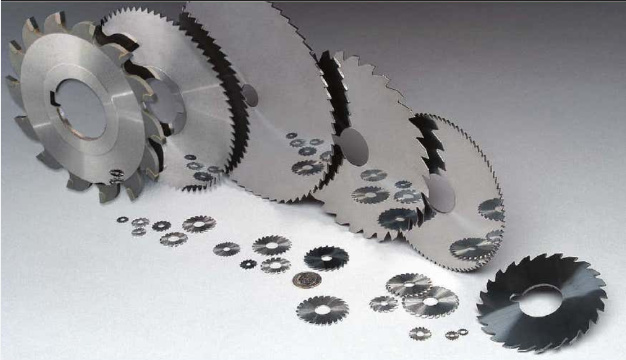
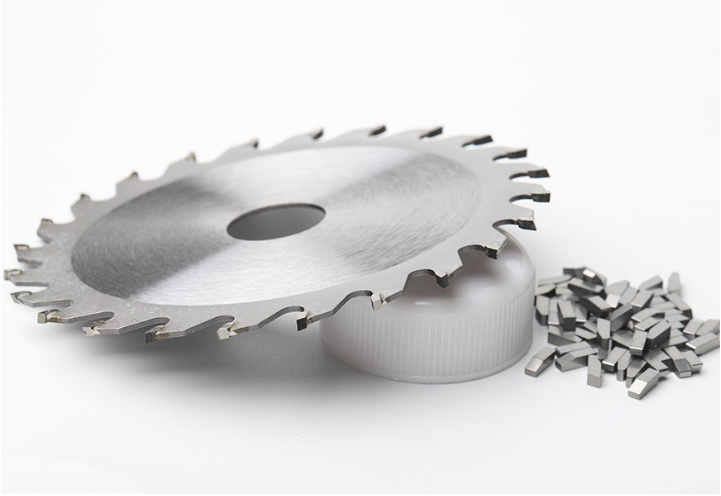


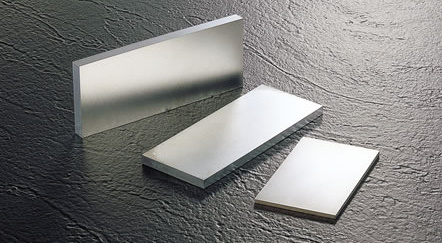
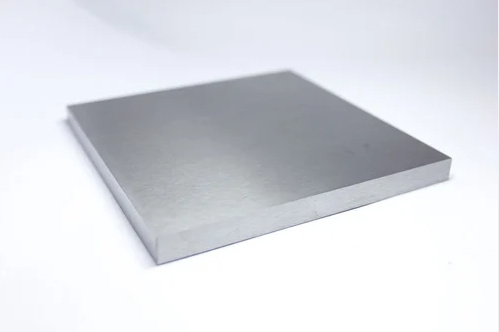
왜 카바이드 로드 장기적으로 지속 가능한 에너지 시스템에 적합
카바이드 막대가 장기적으로 지속 가능한 시스템을 위한 꿈의 소재가 되는 이유는 정확히 무엇일까요? 성능, 내구성 및 전반적인 친환경성에 대해 자세히 알아보세요.
| 기능 | 중요한 이유 | 카바이드 로드 이점 |
|---|---|---|
| 내구성 | 유지보수 및 교체 감소 | 강철보다 최대 10배 긴 수명 |
| 효율성 | 적은 마모로 더 높은 출력 | 정밀 공구의 날카로움을 오래 유지 |
| 내열성 | 고온 시스템에 필요 | 열 집약적인 공정에 강함 |
| 내식성 | 습하고 습한 환경에서 필수 | 녹과 침식을 방지합니다. |
| 환경 영향 | 폐기물 감소 = 친환경 시스템 | 교체 횟수 감소, 매립지 혼란 감소 |
| 시간 경과에 따른 비용 | TCO(총 소유 비용) 절감 | 초기 투자로 장기적인 성과 달성 |
이는 엔지니어에게만 좋은 소식이 아니라 지구에도 좋은 소식입니다. 더 효율적이고 수명이 긴 부품은 제조, 배송, 매립 폐기물을 줄이고 궁극적으로 탄소 발자국을 줄입니다. 이것이 바로 지속 가능성의 실제 모습입니다.
카바이드 로드 시장 동향 및 향후 발전 방향
큰 그림을 그려보겠습니다. 특히 재생 에너지 분야의 카바이드 로드 시장은 빠르게 성장하고 있습니다. 재생 에너지에 대한 전 세계 투자가 사상 최대를 기록할 것으로 예상되는 가운데 2030년까지 1조4천억 달러견고하고 효율적인 소재에 대한 수요는 계속 증가하고 있습니다.
몇 가지 트렌드에 주목할 필요가 있습니다:
- 고급 코팅: 새로운 PVD 및 CVD 코팅으로 경도와 열적 특성이 향상되었습니다.
- 나노 입자 기술: 더 작은 카바이드 입자 = 더 강한 막대. 즉, 인성은 그대로 유지하면서 내마모성은 더욱 향상됩니다.
- 재활용 및 재생: 카바이드는 비싸지만 이제 더 효율적으로 재활용되고 있습니다. 오래된 도구를 성능 저하 없이 새 도구로 바꿀 수 있습니다.
- 사용자 지정: 더 많은 제조업체가 특정 에너지 부문에 맞는 맞춤형 크기와 등급의 봉을 제공하고 있습니다.
모든 표지판은 다음을 가리킵니다. 카바이드 로드 재생 가능 기술에 더욱 필수적인 요소가 되고 있습니다. 터빈이 더 커지고, 태양광 패널이 더 정밀해지고, 바이오매스 시스템이 더 복잡해짐에 따라 고성능 소재에 대한 필요성은 더욱 커질 것입니다.
카바이드 기술에 대한 투자는 이제 재생 에너지 기업에게 상당한 경쟁력을 제공합니다. 더 이상 단순히 친환경을 추구하는 것이 아니라 더 스마트하고, 더 빠르고, 더 오래 지속할 수 있게 되었습니다.
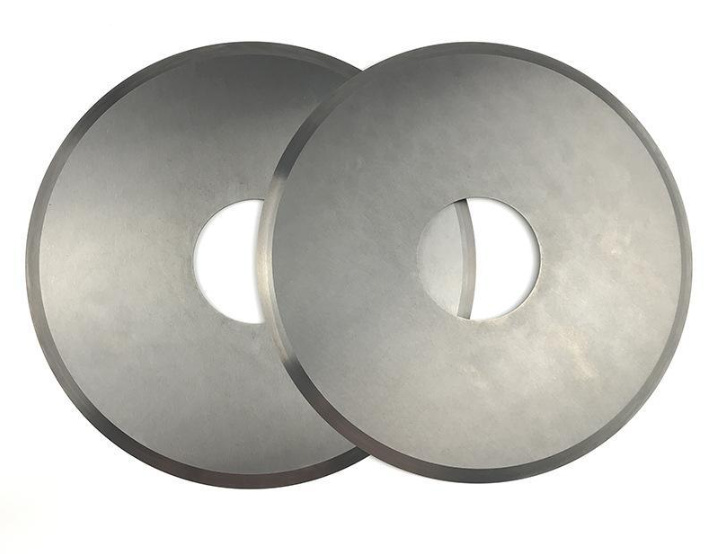
자주 묻는 질문
| 질문 | 답변 |
|---|---|
| 카바이드 막대는 정확히 무엇으로 만들어지나요? | 대부분 텅스텐 카바이드에 코발트 같은 바인더를 사용합니다. 밀도가 높고 내구성이 강한 막대로 소결됩니다. |
| 재생 가능한 애플리케이션에 강철보다 더 나은 이유는 무엇인가요? | 수명이 길고 열과 마모에 강하며 유지 관리가 덜 필요합니다. |
| 카바이드 막대는 태양광 시스템에서 어디에 사용되나요? | 실리콘 웨이퍼 및 기타 정밀 부품 생산에 사용됩니다. |
| 카바이드 막대를 재활용할 수 있나요? | 물론이죠. 현재 많은 제조업체에서 중고 공구에 대한 재활용 프로그램을 제공하고 있습니다. |
| 환경 친화적인가요? | 예, 내구성이 뛰어나고 교체율이 낮기 때문입니다. 시간이 지남에 따라 낭비를 줄일 수 있습니다. |
| 카바이드 막대는 비쌉니까? | 초기 비용은 높지만 내구성으로 인해 장기적인 비용은 훨씬 낮습니다. |
| 모든 재생 에너지 시스템이 카바이드 막대를 사용하나요? | 전부는 아니지만 풍력, 태양광, 수력, 바이오매스 기술에서 널리 사용되고 있습니다. |
| 올바른 유형의 카바이드 막대를 선택하려면 어떻게 해야 하나요? | 코팅, 입자 크기, 바인더 함량 등 용도에 따라 달라집니다. 공급업체와 상담하는 것이 도움이 됩니다. |

